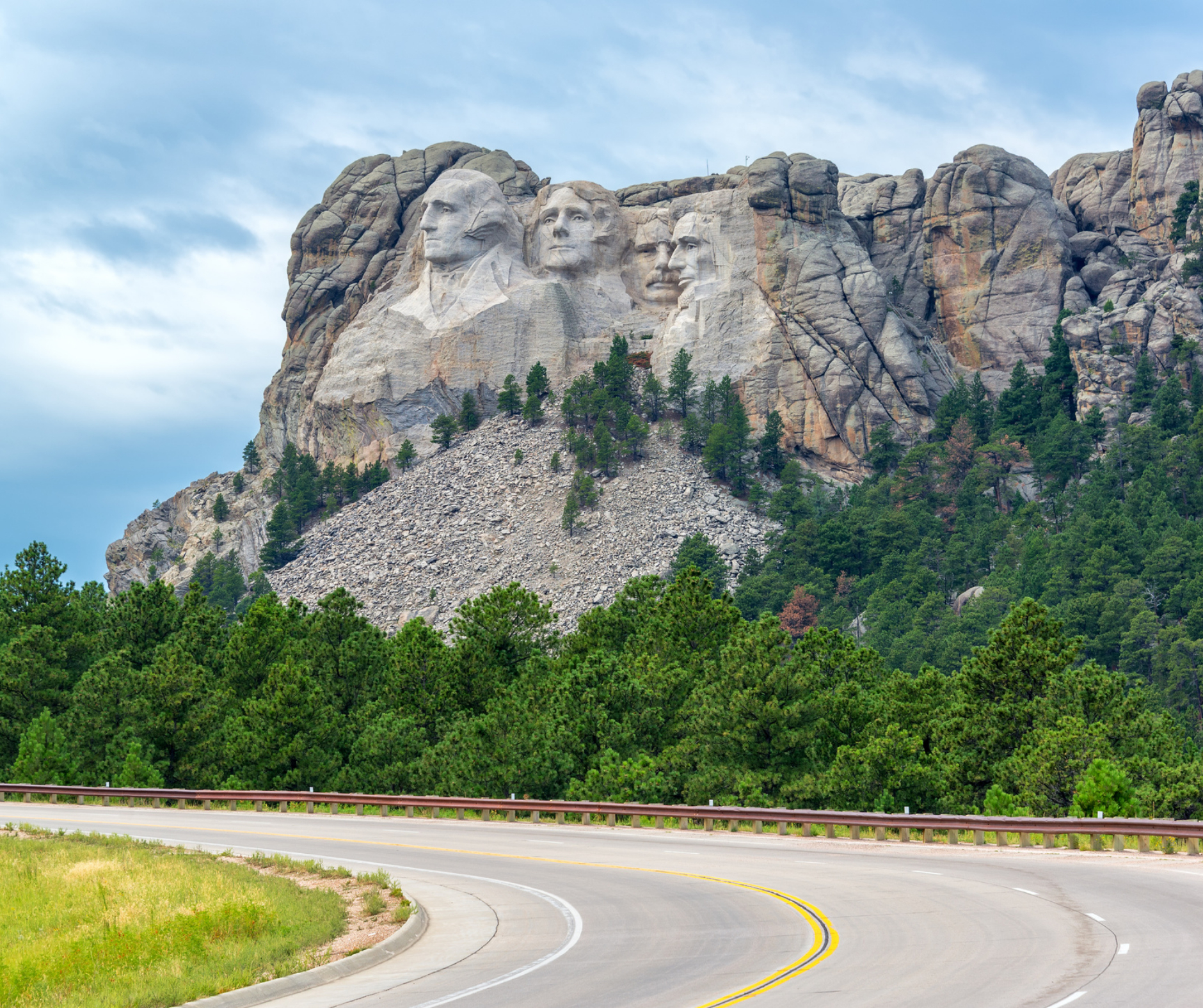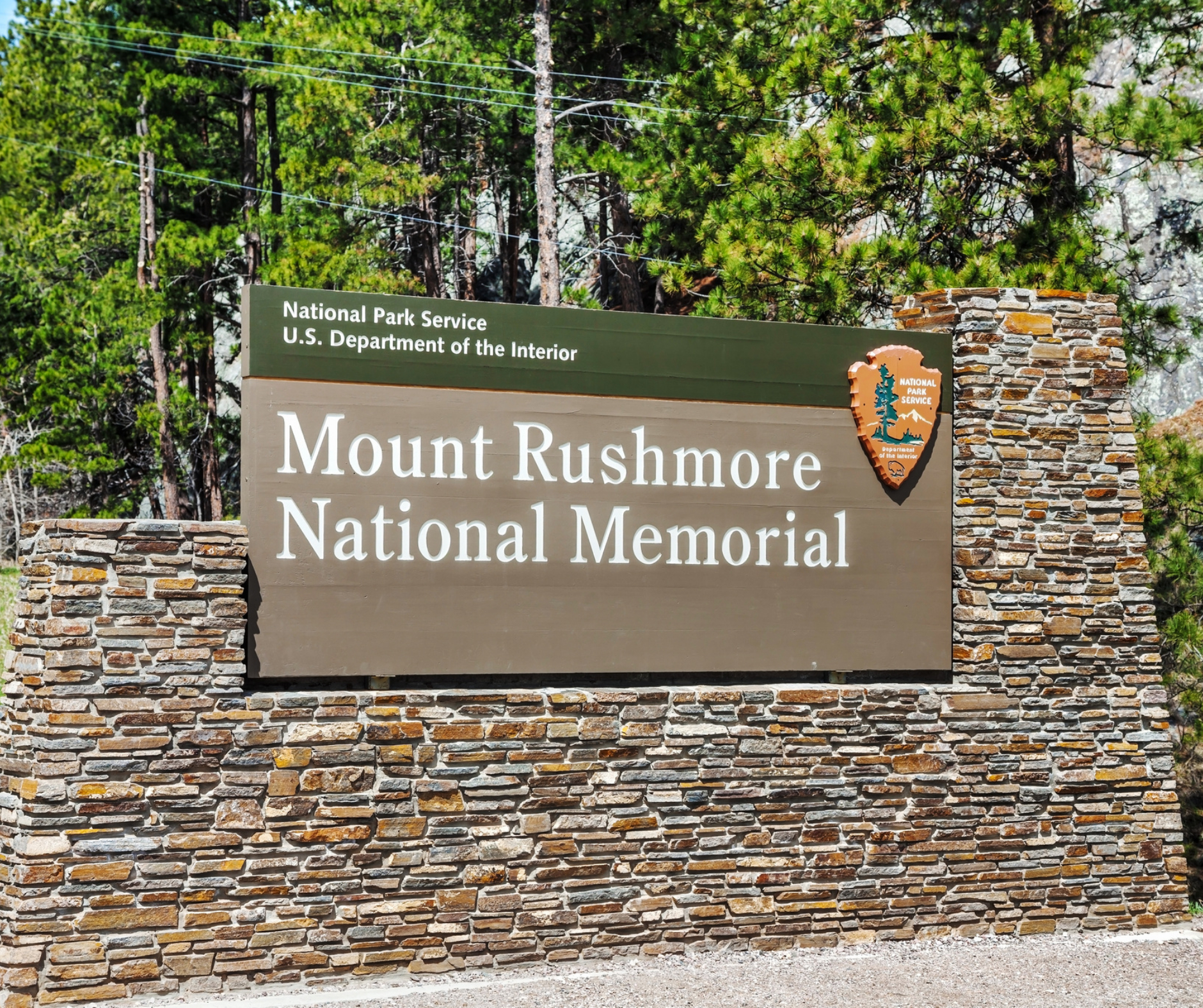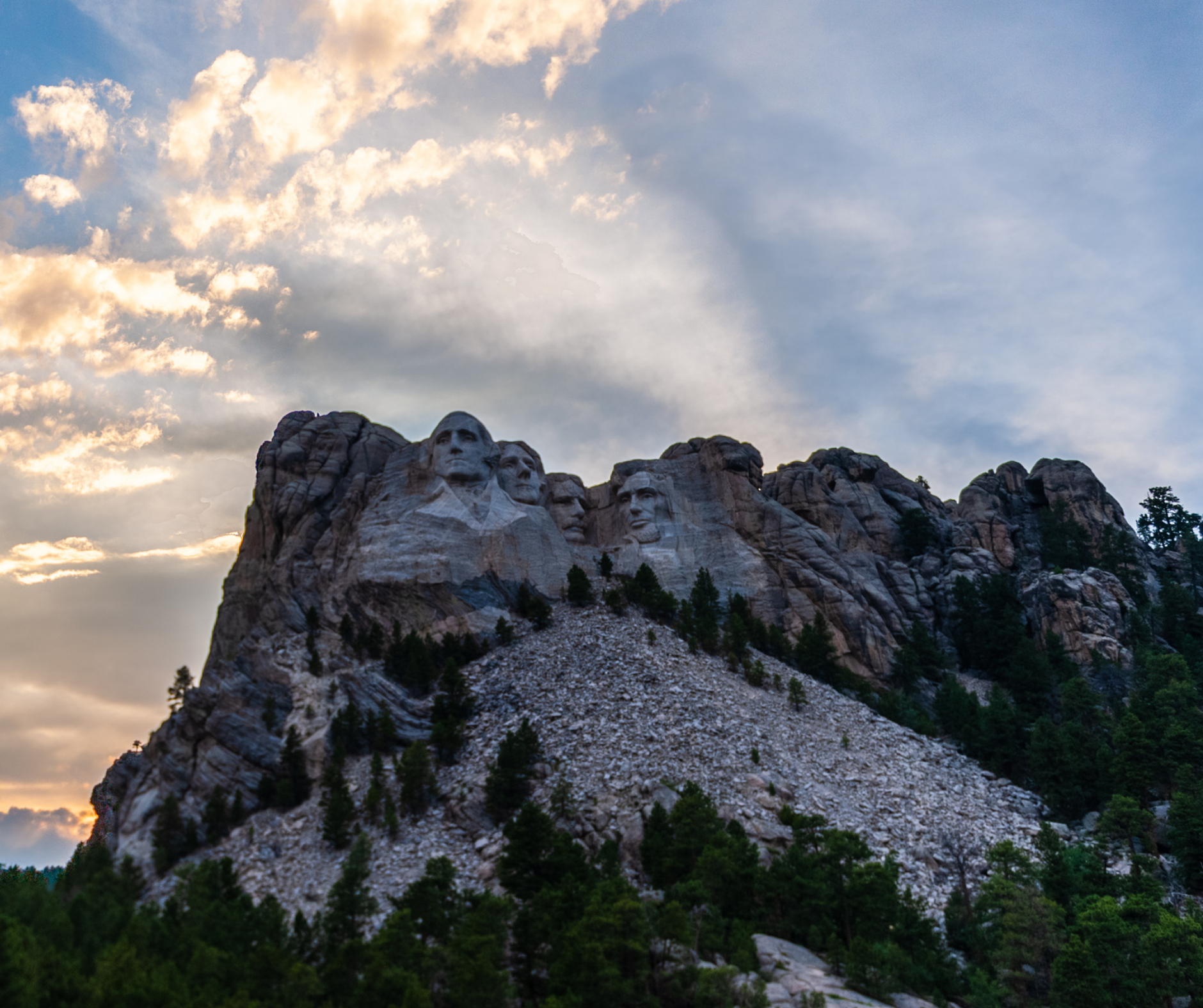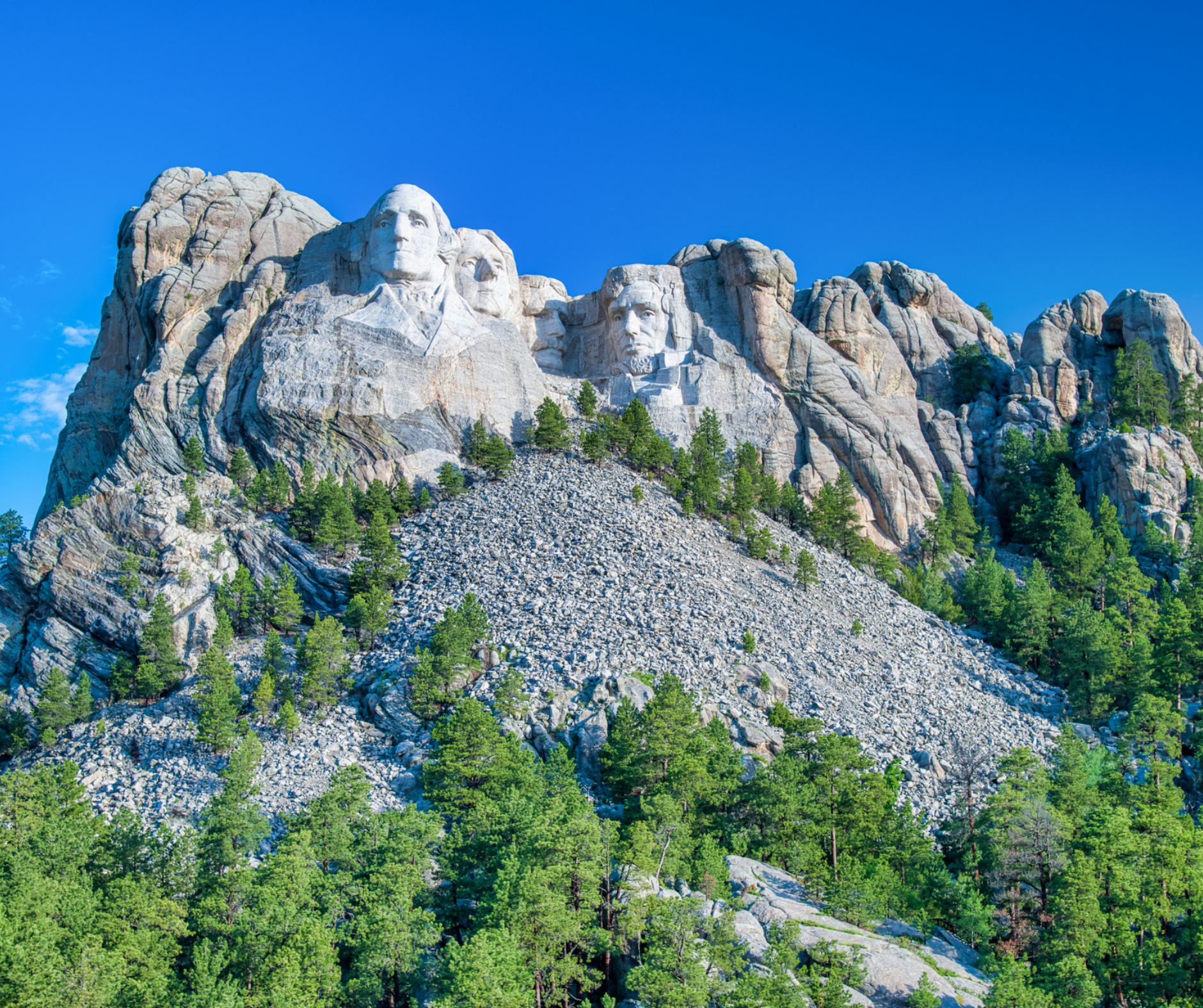Mount Rushmore is a monumental sculpture located in the Black Hills of South Dakota, USA. It stands as a symbol of American history and an iconic tourist attraction. The concept for Mount Rushmore emerged in the early 1920s, when historian Doane Robinson envisioned creating a grand attraction that would draw tourists to the state.
Robinson’s initial idea was to sculpt notable figures from the American West into the granite formations of the Black Hills. He believed this would not only attract visitors but also provide a boost to the local economy. Robinson sought the assistance of renowned sculptor Gutzon Borglum to bring his vision to life.

Gutzon Borglum, along with his son Lincoln Borglum, embraced the concept and suggested a more ambitious project. They proposed carving the faces of four significant U.S. presidents into the granite cliff of Mount Rushmore. The chosen presidents were George Washington, Thomas Jefferson, Abraham Lincoln, and Theodore Roosevelt. These figures represented crucial aspects of American history, including the birth of the nation, expansion, preservation, and the development of modern America.
Funding for the project was a significant challenge, as the Great Depression had severely impacted the country’s economy. However, with the support of the federal government, private donors, and the state of South Dakota, funding gradually materialized. In 1927, Congress authorized the project and established the Mount Rushmore National Memorial Commission to oversee its construction.
Construction of Mount Rushmore began in 1927 and continued for 14 years until its completion in 1941. The process involved intricate and dangerous work. Borglum and his team of skilled workers used dynamite to remove large sections of granite, followed by detailed carving using jackhammers and chisels. They meticulously sculpted the presidents’ faces, with each one measuring about 60 feet in height.

Despite the challenging conditions and setbacks, such as the sculptor’s death in 1941, the project pressed forward. Borglum’s son, Lincoln, took over as the chief carver and oversaw the finishing touches. The dedication ceremony took place on October 31, 1941, attracting thousands of spectators.
Mount Rushmore’s transformation from a colossal sculpture into a prominent tourist attraction took time. Initially, it drew limited attention due to its remote location and the overshadowing impact of World War II. However, over the years, the site gained recognition and became increasingly popular.
Several factors contributed to its rise as a great tourist attraction. The Mount Rushmore National Memorial Commission actively promoted the site, highlighting its historical significance and breathtaking artistry. In the 1950s, the advent of improved transportation networks, such as the construction of highways, made it more accessible to visitors. Additionally, the development of the surrounding infrastructure, including visitor centers, museums, and walking trails, enhanced the overall experience for tourists.

The popularity of Mount Rushmore further soared through national exposure, including its appearances in movies, television shows, and advertisements. It became a symbol of American pride and an emblem of national identity. The monument’s impressive scale, artistic craftsmanship, and scenic beauty captivate visitors from around the world, attracting millions each year.
Today, Mount Rushmore stands as a testament to the nation’s history, serving as a reminder of the remarkable individuals who shaped the United States. It continues to inspire and educate visitors, preserving the legacy of the four presidents while symbolizing the spirit and perseverance of the American people.

